For more information and to register online click here.
|
We are so excited to announce that our summer art camp series this year is a collabortive effort along side Art and Clay On Main (150WestMain) and the Ohio Glass Museum (OGM). All three camps are for children ages 9 and up, and each cost $150 per child. They're only 15 spots available per camp, so register before they are sold out!
For more information and to register online click here.
2 Comments
April Art ClassesOpen Studio: Public Art Initiative Saturday, April 1, 10am-1pm FREE TO ALL AGES Instructor: Dayton Willison High School & AdultFiber Arts: Weaving: Rigid Heddle Tuesdays, 4pm-6pm April 4, 11, 18, 25 Instructor: Mary Goss Workshop: Improv Machine Piecing Saturday, 9am-4pm April 1 $125, includes lunch Instructor: Donalee Kennedy Drawing & Painting: Wednesday Watercolor Wednesdays, 3pm-5pm April 5, 6 week session $75 / $68 members Instructor: Lisa Schorr Watercolor (NEW Day and Time) Saturdays, 2pm-4pm April 8, 15, 22, 29, May 6, 13 $75/ $68 members Instructor: Lisa Schorr Lectures: Curator's Talk with Nancy Crow Sunday, April 2, 2pm $ 8 / $5 members $10 at the door Middle SchoolCommedia dell'Arte Saturdays, 10am-12pm April 8, 15, 22, 29 $68 / $61 members Instructor: Dayton Willison 4 Week Painting Fundamentals Sundays, 2pm-4pm April 23, 30, May 7, 21 $75 / $67 members Instructor: Gayl Weiser Ways to Register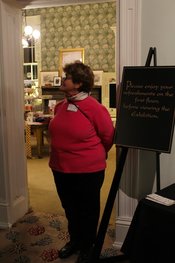 CIRCULAR ABSTRACTIONS: BULL’S EYE QUILTS This touring exhibition organized by the Muskegon Museum of Art & curated by Nancy Crow, showcases some of the best machine-piecing and quilting being done today. The quilts improvise around the Bull’s Eye pattern: a four quadrant design with a bull’s eye at the center of each quarter. Color and design become the focus of a dazzling array of quilts. The artists were challenged to create artworks that stretched the possibilities of the machine-pieced quilt and conveyed a sense of energy and excitement. Participating artists come from across the U.S., Australia, New Zealand, Canada, and South Africa. The exhibition opened at the Muskegon Museum of Art in Michigan in August 2016. In her talk, Nancy will cover three very important parts of her recent creative life. First, she will describe (with illustrations) the building of her brand new 2-story studio on her farm, a dream of 15 years finally come true. Second, Nancy will discuss curating Circular Abstractions: Bull's Eye Quilts (organized by the Muskegon Museum of Art) and show photos from classes where this exhibition originated. Third, she will present a brief survey of her own studio work. This Curator's Talk is Sunday, April 2, 2pm. $8/ $5 members prepaid registration $10 at the door Register here or call the office at (740)681-1423. Learn more about Nancy Crow on her website. Our Education Director and Co-Director, Trisha Clifford-Sprouse, went to D.C. last week to be a part of American Alliance of Museums (AAM) Museum Advocacy Day 2017. Here are some photos from her trip: The Ohio Advocates! We met Katherine Standing in line. Representative Paul Tonko The Library of Congress. Trisha is a board card carrying member, and enjoys the perk of getting to go into The Stacks! "I want a toy like this in our museum!" Trisha will receive her 5 year Advocacy star next year!
If you would like to know how you can help please look over the following issues at a glance that AAM gave to us. I will give you a hint. This came from Sarah Sutherland, Senator Brown’s Chief of Staff. Send letters and emails. Voice mails are back logged and they don’t have a way to translate voicemails without typing each one up. They really do count how many times they hear about issues. Know where your rep offices are here in Ohio and stop in, make an appointment, send a letter. Let them know how museums have changed your life! Last week our Education Director and Co-Director, Trisha Clifford-Sprouse went to DC for AAM's Museum Advocacy Day, 2017.
Here are the key issues/asks that she brought up when talking with officials: Issues at a Glance Museums play a key role in education, job creation, tourism, economic development, historic preservation, environmental conservation, and advancing scientific literacy and global competitiveness. The museum community—which includes aquariums, art museums, children’s museums, historic sites, history museums, maritime museums, military museums, natural history museums, planetariums, presidential libraries, public gardens, science centers, and zoos—has worked together to develop this federal policy agenda. Institute of Museum and Library Services’ Office of Museum Services Funding The Institute of Museum and Library Services (IMLS) is the primary federal agency responsible for helping museums connect people to information and ideas. Its Office of Museum Services (OMS) awards grants to museums to support educating students, preserving and digitizing collections, and engaging communities. Grants are awarded in every state, but current funding has allowed the agency to fund only a small fraction of the highly-rated grant applications it receives. IMLS has been regularly reauthorized by Congress with broad support, most recently in 2010 with a funding authorization of $38.6 million for the Office of Museum Services. The FY 2016 appropriations provided $230 million to IMLS, of which just $31.3 million went to the Office of Museum Services. It is currently level funded by a continuing resolution through April 28, 2017. • We support funding of $38.6 million in FY 2018 for the IMLS Office of Museum Services and urge members of Congress to sign the Gillibrand and Tonko/Lance/Slaughter/McKinley letters in support of robust funding for OMS. Institute of Museum and Library Services Reauthorization IMLS has been regularly reauthorized by Congress with broad support. In September 2016, Senators Reed (D-RI), Cochran (R-MS), Gillibrand (D-NY), and Collins (R-ME) introduced S. 3391, The Museum and Library Services Act of 2016. The legislation contained a number of provisions specifically supported by the museum field: bolstering the agency’s research and data collection, maintaining an emphasis on state and regional collaboration, expanding interagency partnerships, and highlighting the importance of access to high-quality museum services for every American. It also authorized a 21st Century Museum Professional Program, for the training of museum professionals, especially those from diverse and underrepresented backgrounds. • We urge Congress to enact legislation reauthorizing the Institute of Museum and Library Services, similar to S. 3391, introduced during the 114th Congress. Charitable Giving Museums depend on charitable gifts for more than one-third of their operating funds. We support efforts to extend and expand incentives for charitable giving. Limitations on these incentives could have a chilling effect on the ability of museums to attract donations needed to serve their communities and protect their collections. We oppose proposals that would limit the scope or value of the tax deduction for charitable donations, as well as any proposal to restrict the deductibility of gifts of property, which are critical to a museum’s ability to develop its collections. We support allowing artists to deduct the fair market value of donated works, as specified in the Artist-Museum Partnership Act. Any comprehensive tax reform legislation should encourage more charitable giving by more Americans. Economy and Jobs Each year, museums directly contribute $21 billion to the national economy, employ more than 400,000 Americans, and bolster a large tourism industry in local communities. Museums and other cultural organizations return over five times more in tax revenue than they receive in government funding. Unfortunately, in 2009, Congress excluded zoos and aquariums from competing for any funds made available by the American Recovery and Reinvestment Act, and only narrowly avoided excluding all museums and other cultural institutions as well. In 2013, the federal government shutdown forced federally operated museums to close their doors for 16 days. These actions by Congress ignore the economic impact of museums in communities nationwide. We urge Congress to amend the Anti-Deficiency Act to allow for the continuity of public access to our nation’s public lands and federally operated museums in the event of a funding gap. We oppose any effort to restrict the ability of zoos, aquariums or any other type of museum to compete for federal funding. We urge Congress to enact the CREATE Act (S. 2648 in the 114th Congress) to support artists and entrepreneurs while bolstering the creative economy. Elementary and Secondary Education Museums are key education providers, educating students, providing professional development to teachers, and helping teach the local curriculum. The recent reauthorization of the Elementary and Secondary Education Act (the “Every Student Succeeds Act”) provides states with significantly more flexibility in setting and meeting performance targets, which could make it easier for schools to work with museums. We support efforts to promote school-museum partnerships (including museum schools), require greater collaboration between the US Department of Education and the Institute of Museum and Library Services, support funding for federal education programs in which museums participate, and fully implement the “well-rounded education” provisions in the Every Student Succeeds Act, which include the many subject areas in which museums help teach the curriculum. National Endowment for the Humanities The National Endowment for the Humanities (NEH) provides direct grants to museums, universities, archives, and libraries in support of research, education, and preservation. Due to high demand and extremely limited funding, NEH was only able to fund 16 percent of the proposals it received in 2016. It also provides annual grants to state humanities councils in every state and U.S. territory. NEH received $147.9 million in FY 2016 appropriations and is currently level funded by a continuing resolution through April 28, 2017. We urge Congress to provide at least $155 million for NEH in FY 2018. National Endowment for the Arts The National Endowment for the Arts (NEA) works to bring the arts to every community in America, including rural areas, military bases, and urban centers. It provides grants to all types of arts organizations—including museums—to exhibit, preserve, and interpret visual materials. The agency’s federal role is uniquely valuable: no other funder—public or private—funds the arts in every state and the US territories. NEA also distributes roughly forty percent of its grant funds to state arts agencies for re-granting. NEA received $147.9 million in FY 2016 appropriations and is currently level funded by a continuing resolution through April 28, 2017. We urge Congress to provide at least $155 million for NEA in FY 2018. STEM Education Millions of Americans of all ages and backgrounds learn about science, technology, engineering, and mathematics (STEM) each year by visiting museums, science centers, public gardens, zoos, and aquariums. The National Science Foundation (NSF) supports these efforts through numerous grants and directorates, including the Directorate for Education and Human Resources’ Advancing Informal STEM Learning (AISL) program. AISL supports research, development, infrastructure, and capacity building for STEM learning outside formal school settings. Programs at other science-related agencies—including the National Aeronautics and Space Administration (NASA), National Oceanic and Atmospheric Administration (NOAA), and National Institutes of Health (NIH)—are also critical to helping museums attract, inspire, and educate the current and future STEM workforce. The FY 2016 appropriations legislation provided $62.5 million for AISL, and continued funding for the NOAA and NIH programs in which museums participate, but was silent on NASA. These programs are all currently level funded by a continuing resolution through April 28, 2017. We urge Congress to fully restore funding for the AISL program to $65 million—the FY 2010 funding level—and to continue to support informal STEM programs at NASA, NOAA, and NIH. Historic Preservation In addition to preserving and protecting more than 1 billion objects, many museums are historic themselves, and their collections are critical to telling our collective national story. Historic sites and historic preservation efforts not only protect our national heritage, they are also economic engines and job creators in the thousands of communities they serve. Minimal government funding helps to leverage significant private support, often through the Historic Rehabilitation Tax Credit. The FY 2016 appropriations provided $46.9 million to State Historic Preservation Offices (SHPOs), $10 million to Tribal Historic Preservation Offices (THPOs), and $500,000 for grants to underserved communities—all through the Historic Preservation Fund (HPF). It also provided an additional $8 million from the HPF to document, interpret, and preserve the stories and sites associated with the Civil Rights movement. These programs are all currently level funded by a continuing resolution through April 28, 2017. While Save America’s Treasures (SAT) and Preserve America have not been funded in recent years, the House of Representatives did propose restoring funding of $5 million for SAT in its FY 2017 legislation. We urge Congress to support FY 2018 funding of at least $55 million for SHPOs, $15 million for THPOs, $25 million for civil rights sites, to restore funding of $30 million for Save America's Treasures and $4.6 million for Preserve America, and to continue to support the Historic Rehabilitation Tax Credit. Public Diplomacy and the Protection of Cultural Property As welcoming and trusted community anchors, museums are perfectly positioned to help build cross-cultural relationships, which are enhanced by collections that span the world across centuries. In recent years, irreplaceable cultural property has been lost in places like Egypt, Iraq, Syria, Mali, and Afghanistan. Protecting this property is a vital part of United States diplomacy, showing the respect of the United States for other cultures and the common heritage of humanity. American museums and the conservation professionals who work with them are some of the world’s best at protecting and caring for cultural property. We urge Congress to pursue measures that protect cultural property around the world, and to consider museums and conservation professionals as part of the solution to these issues. The Multinational Species Conservation Funds and Wildlife Conservation In addition to educating the public about wildlife, accredited zoos and aquariums also protect endangered species in their collections and across their natural habitat. The Multinational Species Conservation Funds (MSCF) are targeted investments in global priority species, such as African and Asian elephants, tigers, rhinoceros, great apes, and sea turtles. The MSCF program has helped to sustain wildlife populations by controlling poaching, reducing human-wildlife conflict, and protecting essential habitat globally. Despite its modest funding level, this program has a significant impact because it consistently leverages three or four times its federal investment in matching funds from corporations, conservation groups, and national governments. We urge Congress to support funding for the Multinational Species Conservation Funds and to pass H.R. 227, which would reauthorize the MSCF programs through FY 2022. The museum community, including botanical gardens, strongly supports efforts to protect native wildlife, including declining pollinator populations. If you would like to know how you can help please look over the following issues at a glance that AAM gave to us. I will give you a hint. This came from Sarah Sutherland, Senator Brown’s Chief of Staff. Send letters and emails. Voice mails are back logged and they don’t have a way to translate voicemails without typing each one up. They really do count how many times they hear about issues. Know where your rep offices are here in Ohio and stop in, make an appointment, send a letter. Let them know how museums have changed your life! -Trisha Clifford-Sprouse, Education Director and Co-Director American Alliance of Museums, Museums Advocacy Day Washington DC February 28 and March 1 2017. 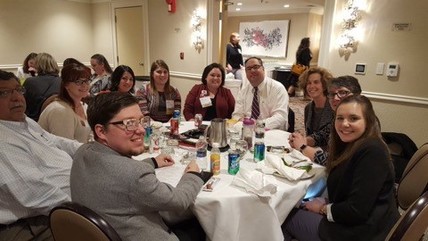 I recently attended the advocacy day for museums in Washington DC. This is my fourth year attending and it was a great experience yet again. With the challenging times and budget concerns of our country it is crucial that we let our elected officials know how important museums are to their districts. Sunday evening was a reception at the National Museum of Women in the Arts. This was a beautiful evening and kickoff to the event. We celebrated our 5year “star” advocates (2 of which are from Ohio), and had a nice evening visiting a great exhibition on pop up books. The first full day was a conference and time to meet with other people from my state. Here is the Ohio Team minus Chad and Johnna. Places represented are Massillon Museum, Cincinnati Art Museum, Cleveland Zoo, Akron Zoo, Bedford Historical Society, Decorative Arts Center, Ohio Museums Association, and 3 different students. Don Wildman, host from the travel channel’s Mystery at the Museum, was one of our speakers. He talked about how we tell our stories and share those stories with others. We also heard from people at the NEA, NEH, IMLS and other museum professionals. Each had a compelling story and each shared tips on advocacy. The Big Day: I started my morning in the Hart Senate Building for breakfast kickoff, the key note was representative Paul Tonko. Mr Tonko is the house rep (along with Senator Gilabrand) that is presenting a letter for Senators and Congress to sign in support of IMLS (Institute of Museum and Library Services). We went to capitol Hill as a team speaking with each of our senator’s offices. Then we split up into districts to talk to our representatives. My days were filled with planning, discussions, shaking hands and walking. Did I mention Walking? The senate buildings are on the North side of the Capitol Building and the House officers are on the South Side. I started in Senator Browns office then it was to congressman Chabot’s office in Rayburn, then to Congressman Stivers’ office in Longworth, Back to Rayburn to see Congressman Wenstrup, Senator Portman’s office at 5:00 and then to the Library of Congress at 5:30. All of my meetings were very good. I was able to speak at length about our issues and get the message to the offices. I met with Senator Brown’s Chief of Staff Sarah Sutherland, Staff in Steve Chabot’s and Brad Wenstrup’s, Mark Gillibrandt and Congressman Stivers, as well as staff from Senator Portman’s office. If you would like to know how you can help please look over the following issues at a glance that AAM gave to us. I will give you a hint. This came from Sarah Sutherland, Senator Brown’s Chief of Staff. Send letters and emails. Voice mails are back logged and they don’t have a way to translate voicemails without typing each one up. They really do count how many times they hear about issues. Know where your rep offices are here in Ohio and stop in, make an appointment, send a letter. Let them know how museums have changed your life! -Trisha Clifford-Sprouse, Education Director and Co-Director Representative Tonko
|
AuthorThe Staff of the Decorative Arts Center of Ohio contribute to this blog. Categories |

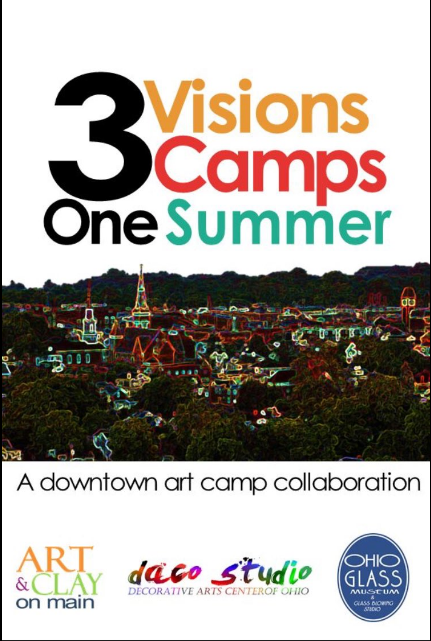
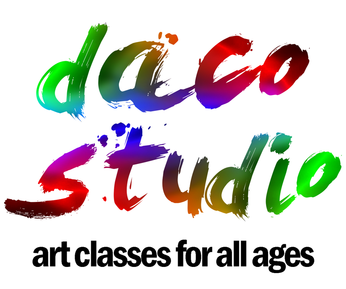
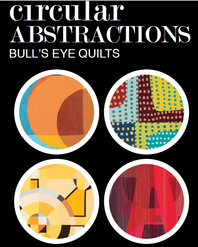
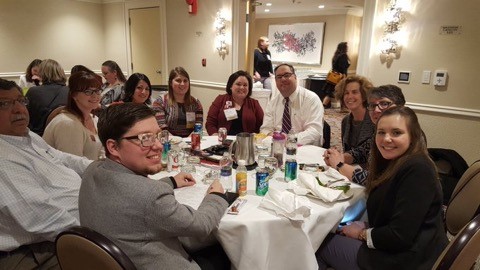

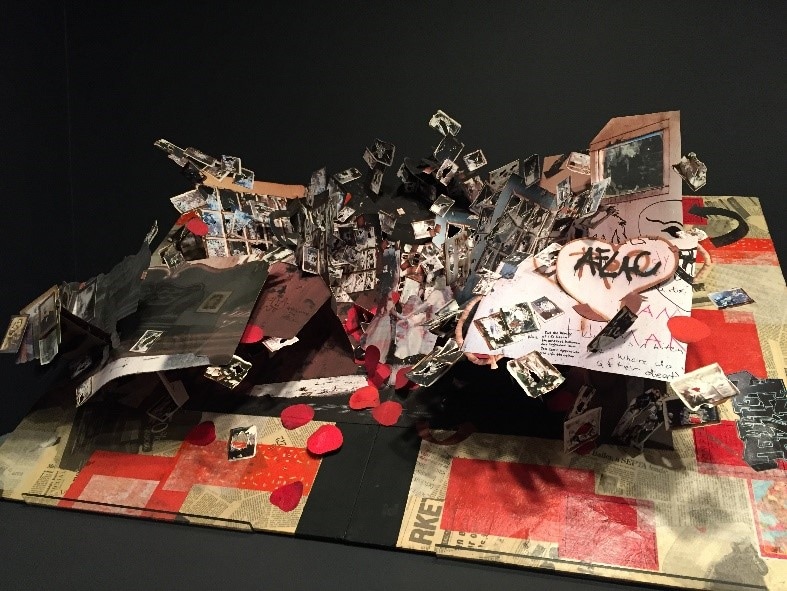
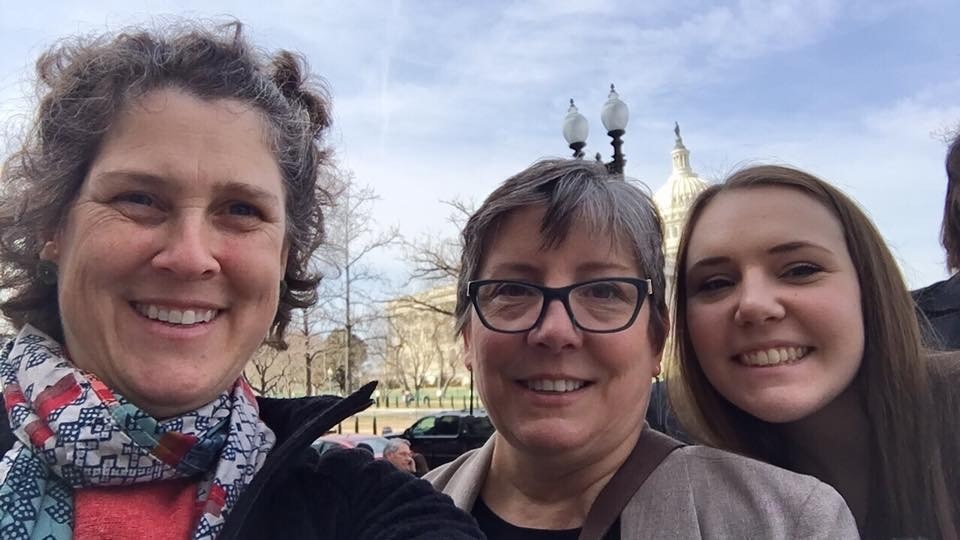
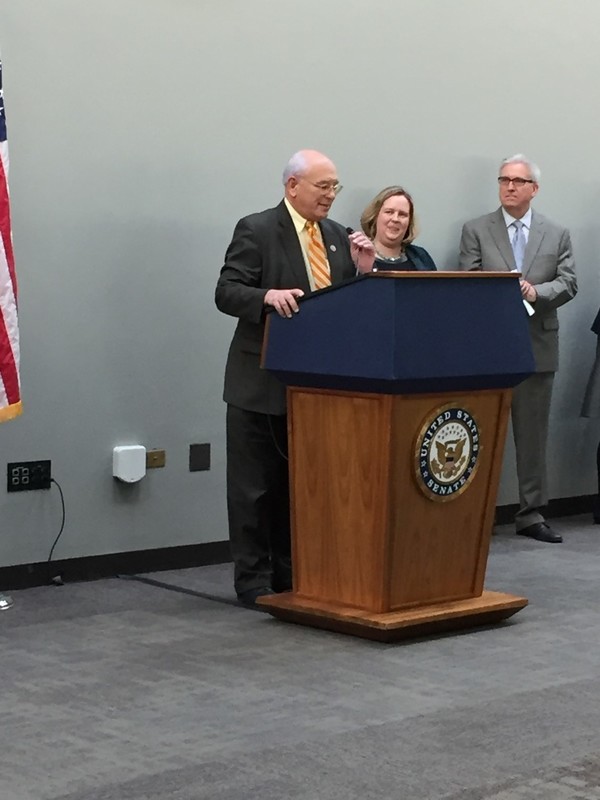
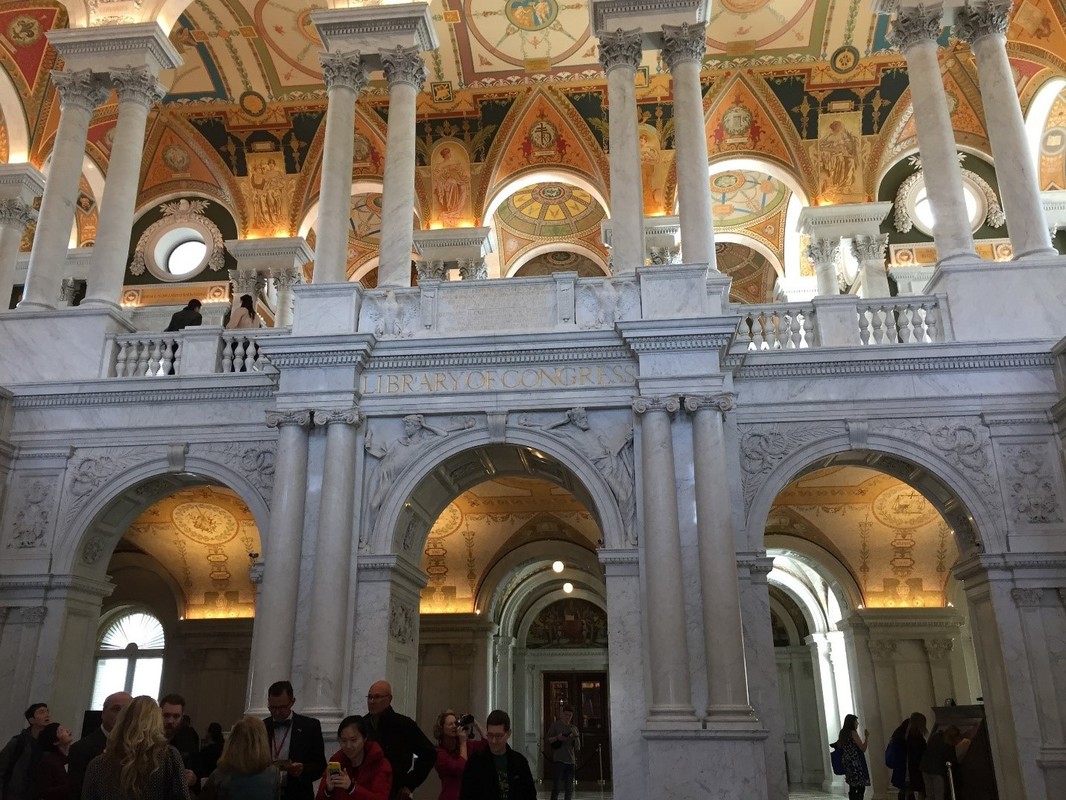

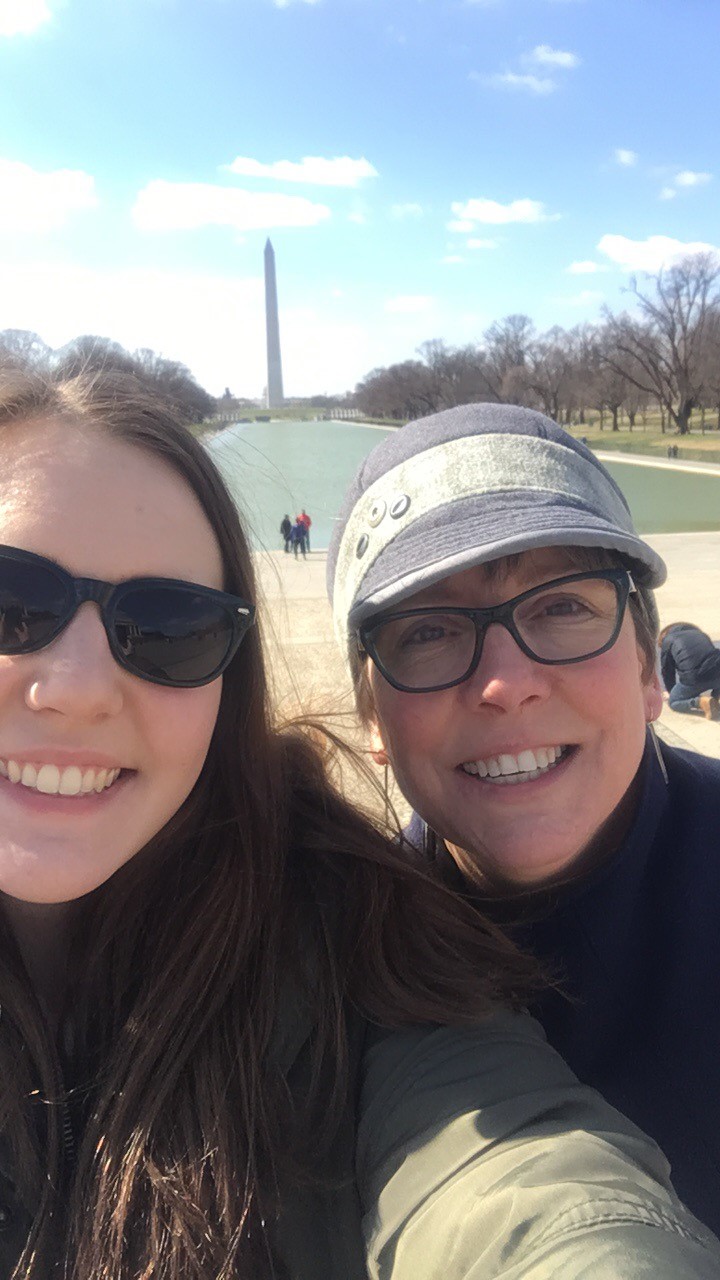
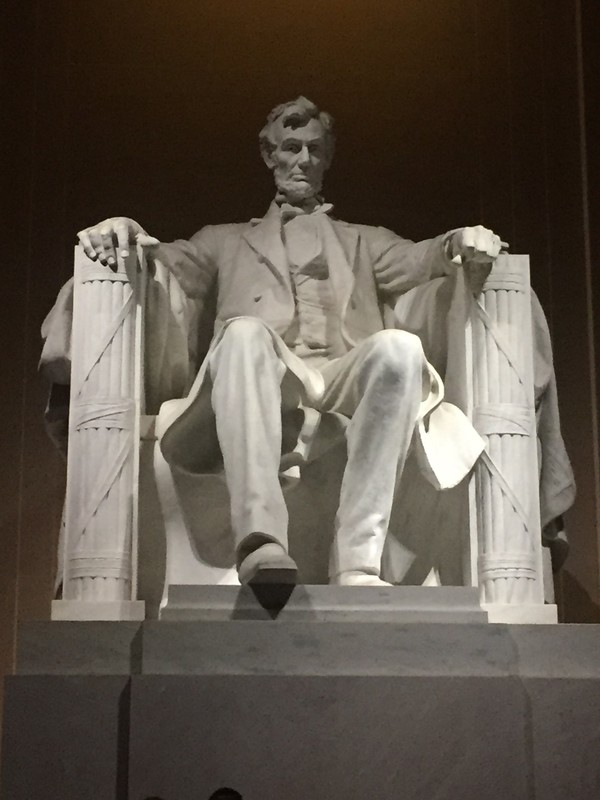
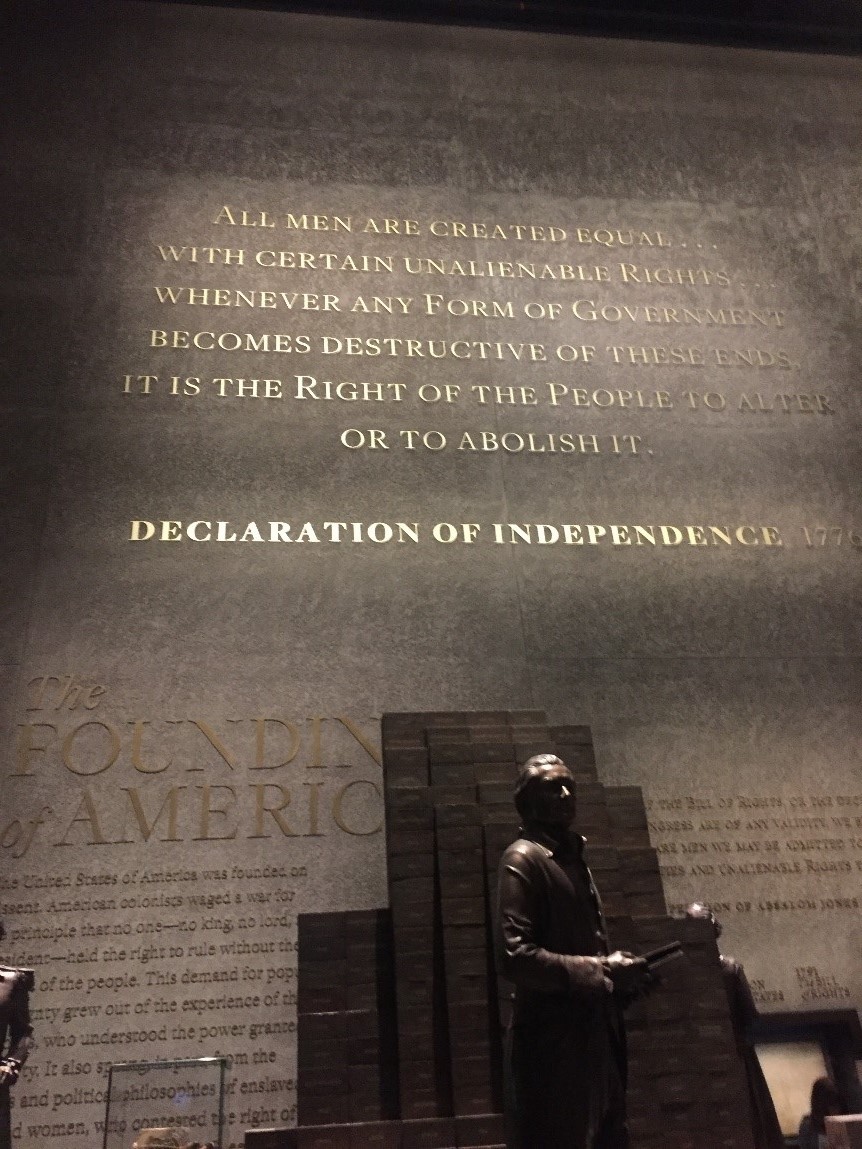
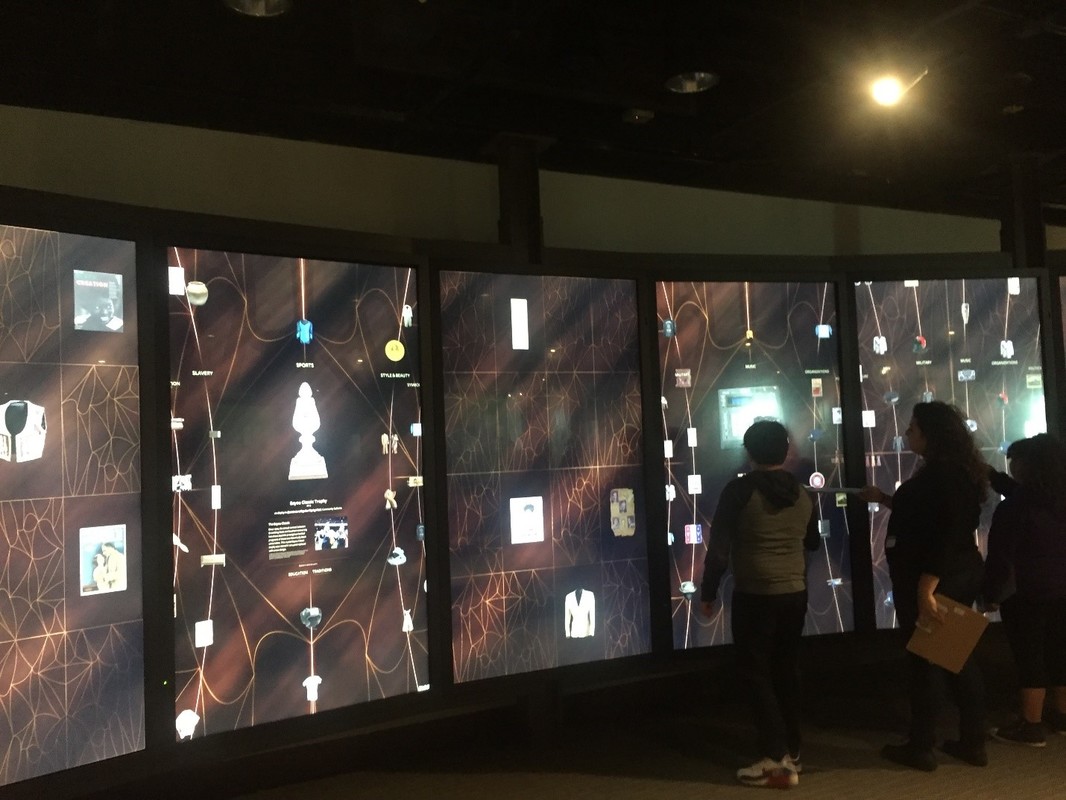
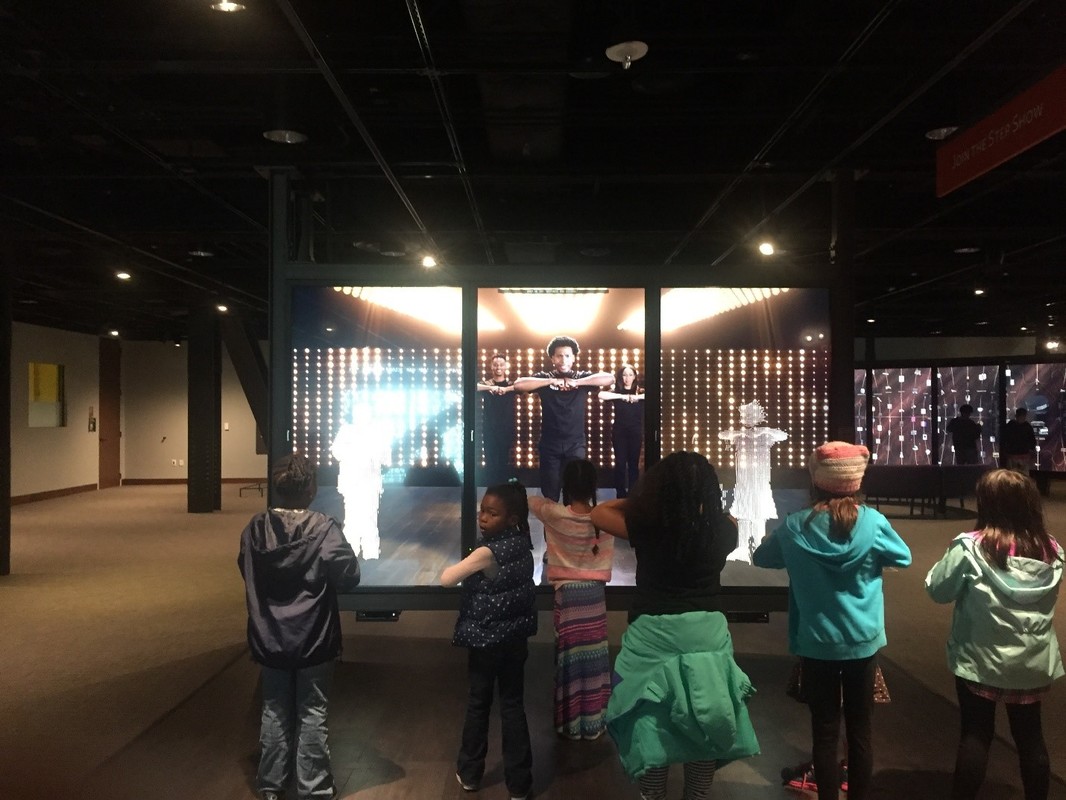
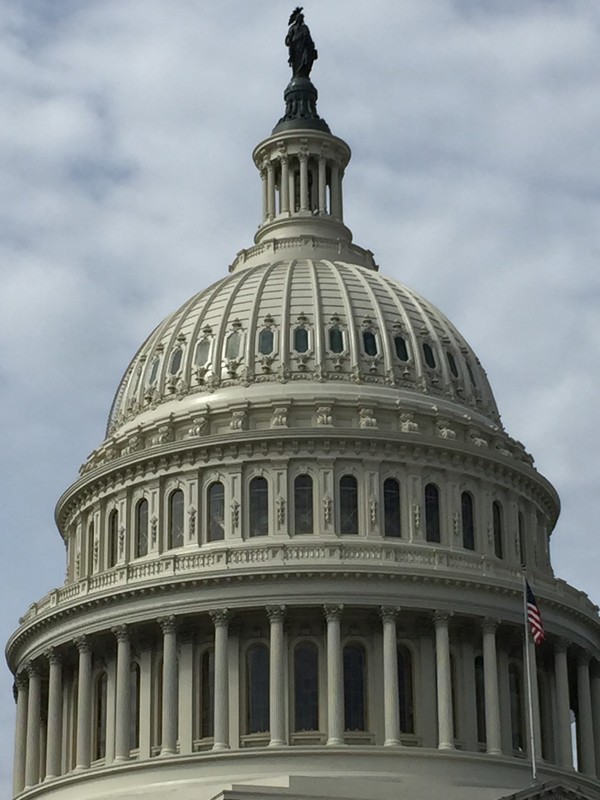
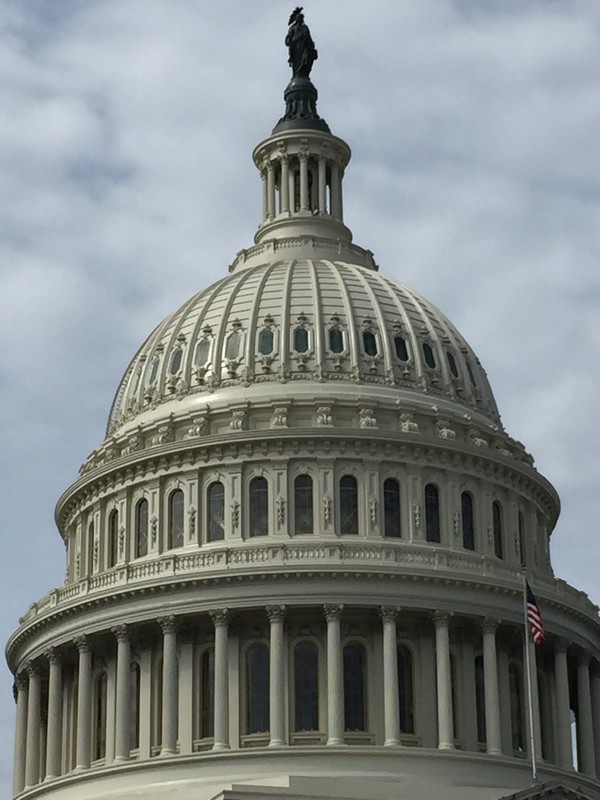
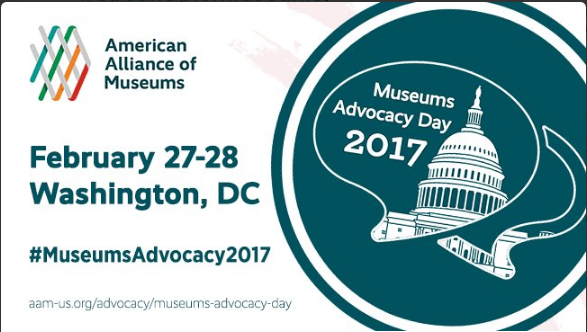
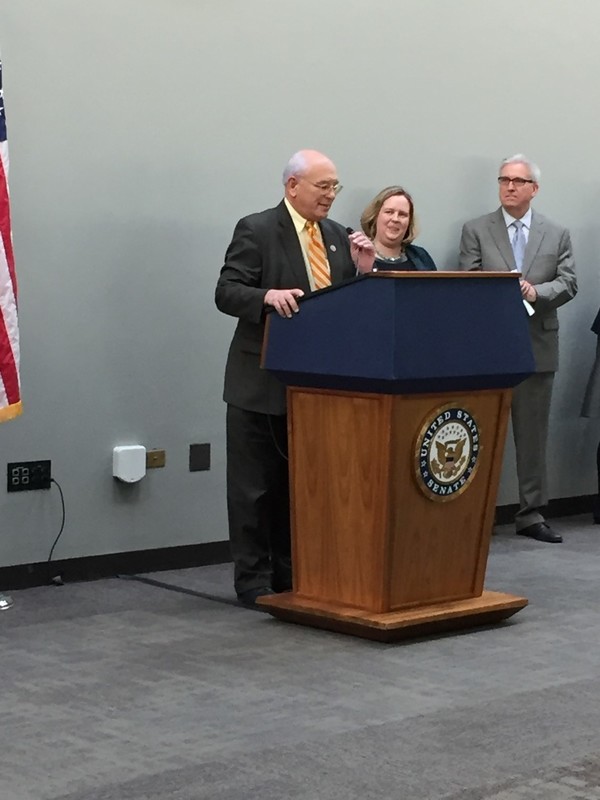
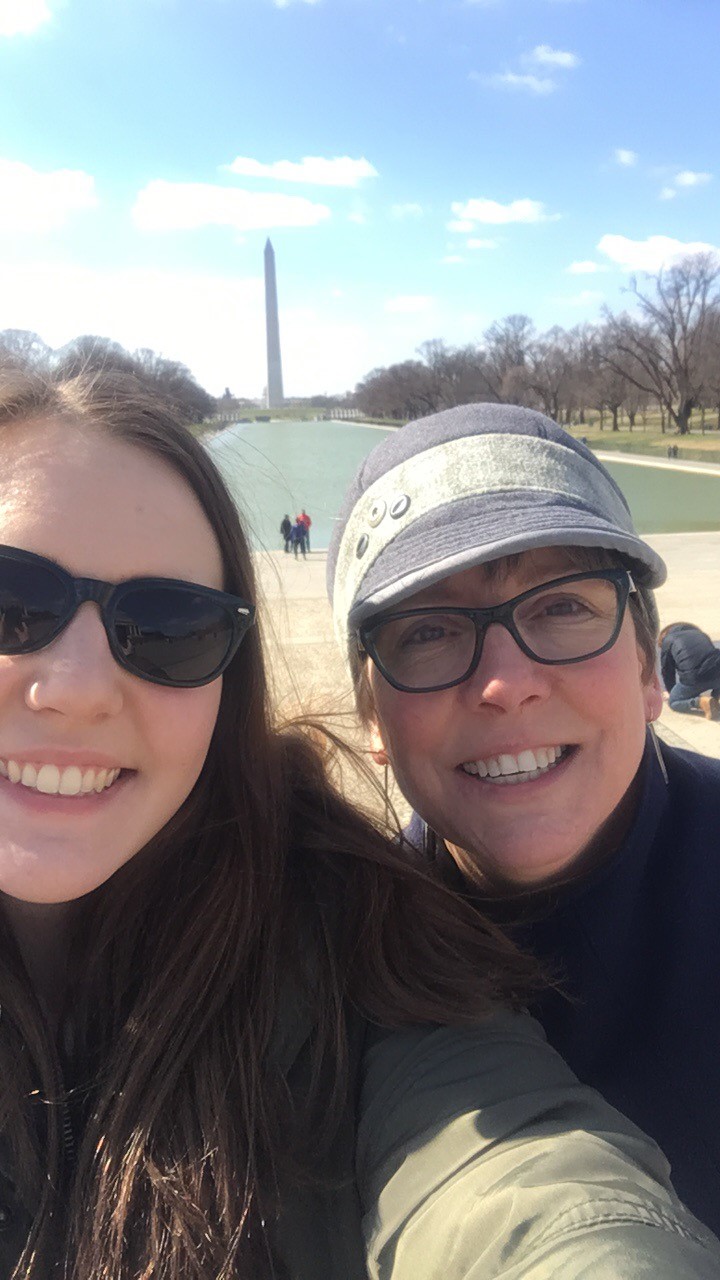
 RSS Feed
RSS Feed